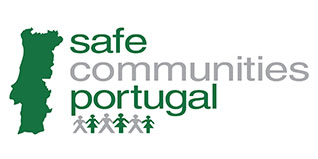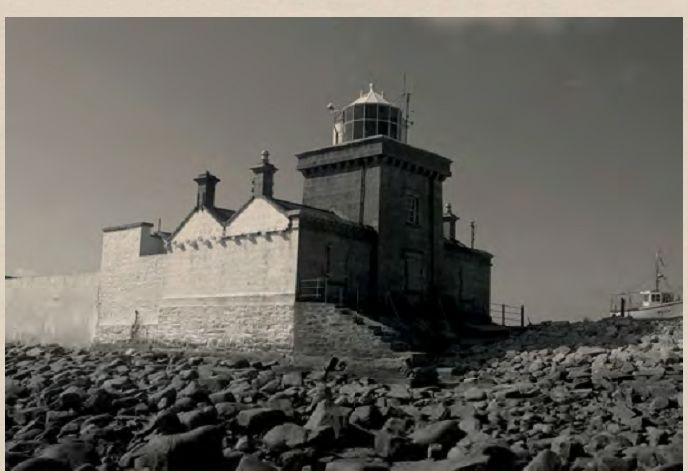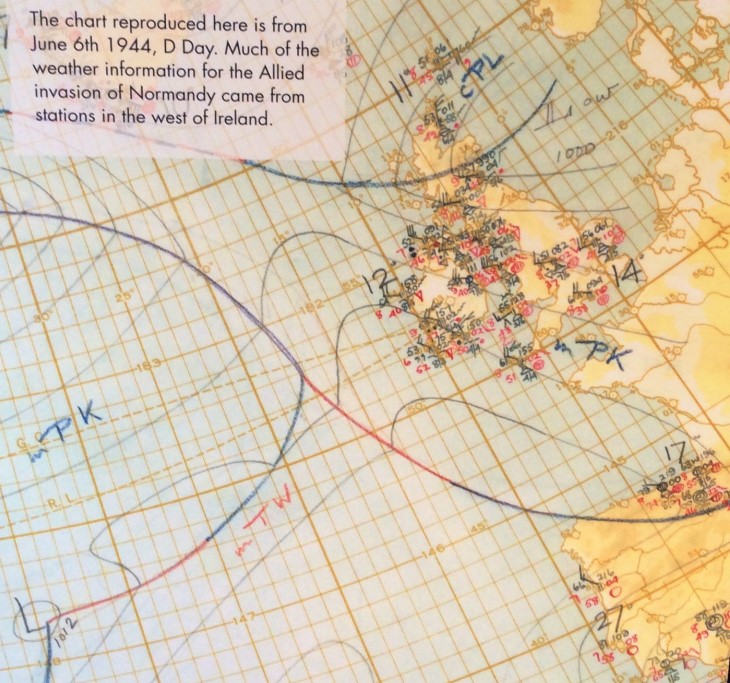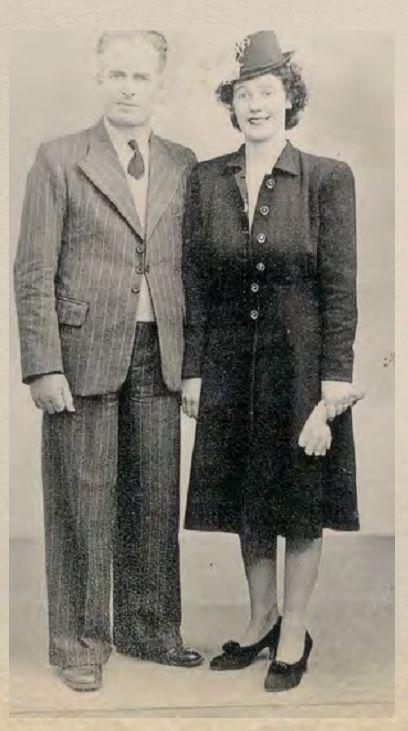REMEMBERING THOSE WHO LOST THEIR LIVES IN THE PEDRÓGÃO GRANDE FIRES 17th to 24th June 2017
Seven years ago at this time today 14.43 hrs 17th June 2017, the first alert of what became known as “the Pedrógrão Grande complex of fires,” was made, reporting a fire at Escalos Fundeiros e Regadas.

This was one of five major fires, which occurred from 17th to 24th June 2017, causing the death of 66 people, injuring 253 more and devastating extensive areas of the municipalities of Pedrógão Grande, Figueiró dos Vinhos and Castanheira de Pera, also spreading to the neighbouring municipalities of Sertã, Alvaiázere, Ansião and Penela.
An Independent Technical Commission was created to analyse the events that led to the deaths, and its report with findings was completed and presented to the Assembly of the Republic on Thursday 12th October 2017.
Despite the considerable burned area (about 28,913.6 ha), and the consequent losses in terms of natural, cultural, social and economic values, this fire was marked (and will always be remembered) by the high loss of human lives.
The fire was registered in the afternoon on 17th June and from 18:00 and 21:00hrs the fire expanded widely and with enormous intensity. The firefighters present on the ground, with the wind changes, were placed in the tail of the fire and with enormous difficulty to intervene on their respective flanks. In these three hours the fire consumed almost 8000 ha, destroying almost 60% this area in just one hour from 20.00 hrs to 21.00 hrs. (Centre map)
Many of these families left their homes in the middle of the “fire storm” resulting from the downburst associated with the collapse of the convection column which dramatically changed the fire behavior – witnesses reported a sudden ‘bomb’ of fire spreading tongues of flames and sparks in all directions.
In the escape situation probably there would be little that could be done. Most fatalities occurred between 20.00 hrs and 21.00 hrs, during which more than 4500 ha burned. During this period, and for 10 minutes, the fire developed at an estimated speed of 15 km/hour, a critical situation only liable to defensive measures. This sudden and extreme event triggered the escape of villagers and overwhelmed those already on the roads.
Extreme weather conditions ended up driving the fire, until 03:00 on the 18th of June, to an uncontrollable situation”.
This was a particularly dark period in our history, but was to be repeated just four months later with the extensive fires to the north of Castelo Branco in which some 40 people died.
The first report into the Pedrógrão Grande fire was completed in just 4 months and the lessons learned, served the basis of many improvements that have been made since then. However, on the ground, much remains to be done since those fateful days.
The aggravating factor is that, in the Pedrógão Grande area, there was a deadly fire unlike any other in living memory, and, as a result of its consequences, there are those who, today, are still waiting for a new house – at least four first homes are yet to be rebuilt – or who continue to seek medical help in the area of mental health, because there are psychological traumas that do not go away and the sound of a fire engine siren heard throughout the mountains makes the population uneasy, once again.
Depopulation, an ageing population, a lack of skilled jobs or forest management, communication failures, dangerous roads and deficient public services are all problems that are common to dozens of municipalities in the interior of Portugal. The need for cohesion in the national territory is constantly reiterated, but in these territories this goal is slow to be achieved.
In tribute to the victims, the Government, local authorities and firefighters are taking part in several initiatives that will take place throughout the day 17th June 2024.
This Monday morning, a round table discussion organised by the Firefighters’ League will be held in Figueiró dos Vinhos to mark the 7th anniversary of the fires in the region. The event will be attended by the Minister of Internal Affairs, Margarida Blasco, and the Minister of Youth, Margarida Balseiro Lopes. In the afternoon, the Government will take part in a meeting with the mayors of the affected municipalities in Pedrógão Grande, followed by a mass in honour of the victims of the fire.
Let us all hope we never experience such a fire again in our lifetime.
We can must all work together to prevent this.



